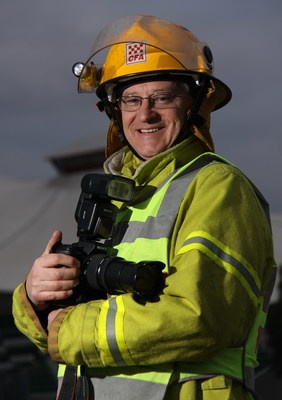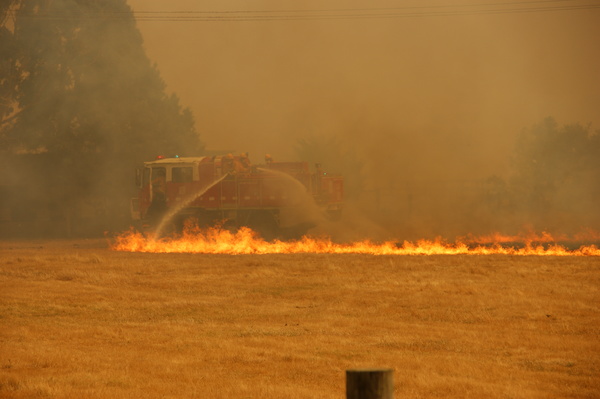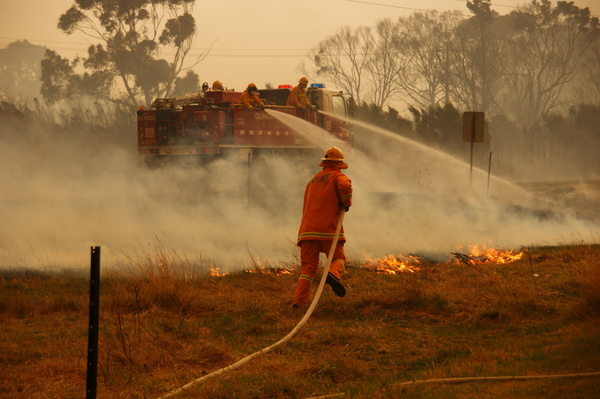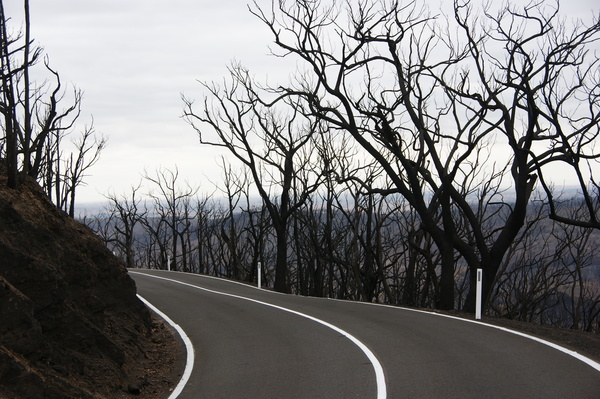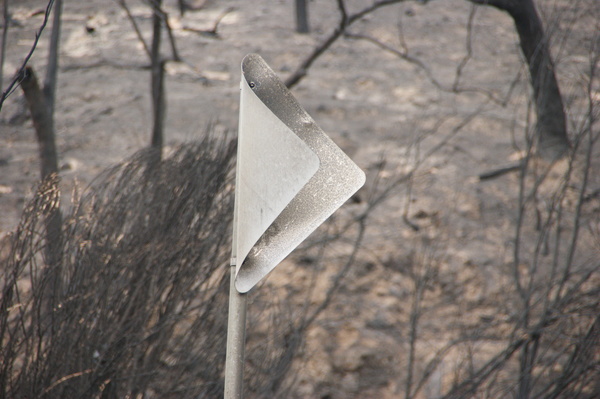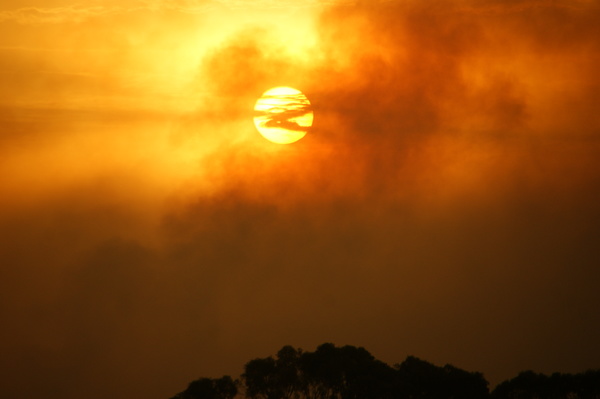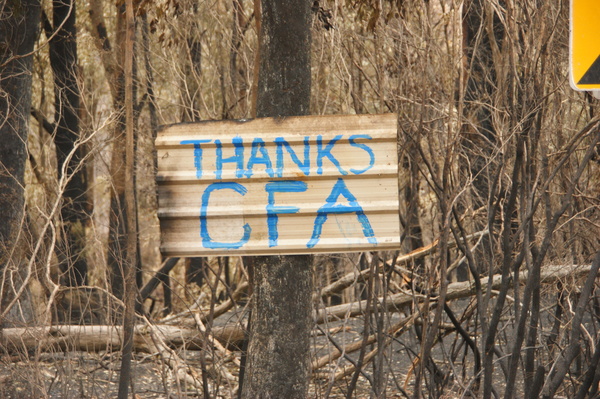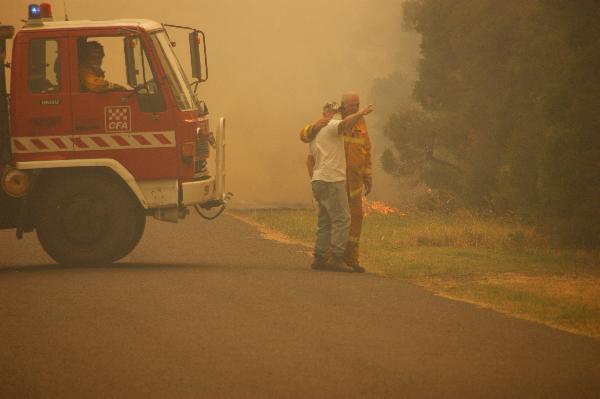By Cam Lucadou-Wells
In hellish smoke, a bare-headed firey places a reassuring arm around a farmer on Princes Way, Longwarry.
It was one of the enduring images from the horrors of Black Saturday captured by CFA photographer Keith Pakenham.
Through his 36 years with the CFA, Mr Pakenham has been out on 7500 callouts. He has stored more than two million digital images.
But this is a scene that Mr Pakenham recalls instantly 10 years later.
The fire-fighter was First Lieutenant Joe Aitken, standing next to one of his Dandneong brigade’s tankers.
The farmer masked himself with a cloth and sunglasses in the face of thick smoke bellowing from fires in Labertouche.
It was just before it all hit the fan, with the blaze later roaring out of control in Tonimbuk, Longwarry and Drouin West.
“The guy came out of his farm. He was just concerned – asking should I do this, should I do that…
“Joe is just saying to him we’ve got it under control. We’ll get trucks there and look after your place.
“A few words of advice to get people to calm down a bit is a good strategy.”
The fires destroyed about a dozen houses in the vicinity, as well as outbuildings and a factory.
But the farmer’s property wasn’t one of them.
Luckily for him, his farm was close to a central fire ground for CFA trucks, Mr Pakenham said.
Living at Keysborough at the time, Mr Pakenham started Black Saturday at 6.30am with crews at the five-day-old Bunyip fires.
It was a blaze that fire-fighters knew was set to explode with spotting and ember attack beyond containment lines.
As forecast, it was a searing day of fierce northerlies that buffeted his car out of its lane. It was one that went quickly because crews were so focused on the immense task.
Then news started to filter through about the catastrophe spreading through Victoria.
“It was horrendous. I’ve been to a lot of fires, the Dandenong Ranges fires over the years … but it was the heat and the force of the wind.
“I can imagine how horrendous it was on the peak of the mountains at Kinglake. There was nearly nothing you could do to protect yourself.”
But no one could have dreamed that 173 lives would be lost.
Mr Pakenham couldn’t sleep, his mind swarming with the day’s horrors. At 4am, he took off to chronicle the aftermath of Kinglake and Marysville.
Things stood out like a road sign seared and bent like a leaf by the ferocious fire-storm.
Or the white lines freshly painted on the mountain pass between St Andrews and Kinglake.
They were luminous among an ashen hillscape of greys, charcoal and “skeletons of trees as far as you could see”.
They had been painted just after the fire to stop vehicles driving off the steep roadside. Despite hundreds of torched trees dropping all over the place.
It was just one instance of the incredible teams working in extreme danger who never get mentioned, he says.

